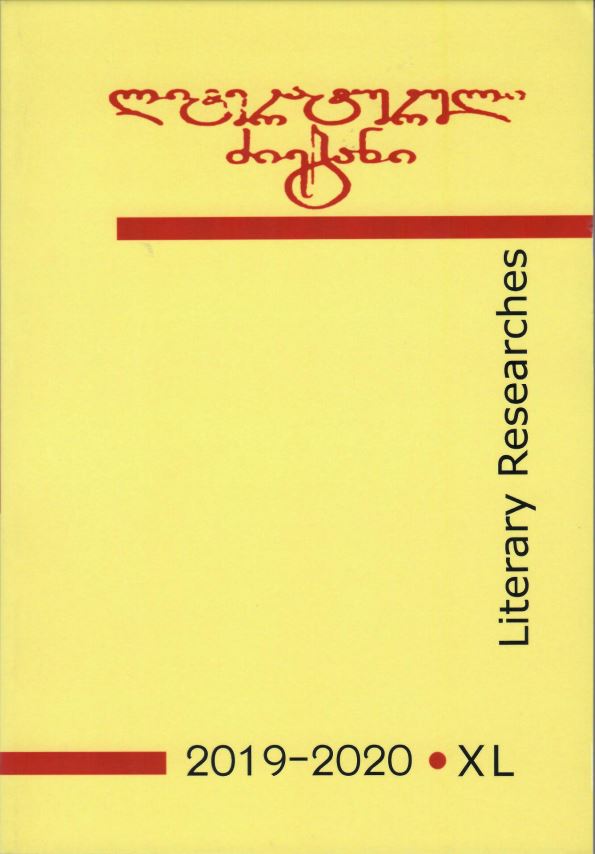გამოქვეყნებული 2020-10-20
საკვანძო სიტყვები
- Medieval Georgian Literature,
- Folklore,
- National Identity
როგორ უნდა ციტირება
ანოტაცია
Does the Georgian nation have its own authentic navel i.e. cultural past? This is a key question in the contemporary studies of Georgian identity. Many modern scholars adhere to the most radical modernist approaches. Georgian ethnosymbolists also share chronological modernism. They claim that the public culture (the main criterion of a nation) is possible only in the modern period (this is quite remote from A.D. Smith’s theory). Consequently, they began Georgian national identity from the 19th century. These authors are mainly focused on the study of print media and almost never pay attention to folk and oral sources. But in preindustrial periods folklore was no less public than present day social media is. Thus, one of the major lacunas of contemporary study of Georgian identity is disregarding of folk materials.
In the Middle Ages we have Georgian hagiography, hymnography, historiography ... but this literature was created by the political and cultural elite. What was the self consciousness of the non-hegemonic classes and the illiterate population? We conducted a comparative study and it shows that in the medieval Georgian literature and folk sources we have same values, ideals, symbols. The existence of similar motives, stories, characters ... proves that a common culture circulated in any social strata of the Georgian population. As a result, we claim that public forms of Georgian culture existed in premodern historical periods. It was mainly a common religious culture. This present paper argues that the idea of the Georgian nation and Georgian national unity arose in premodern times.

